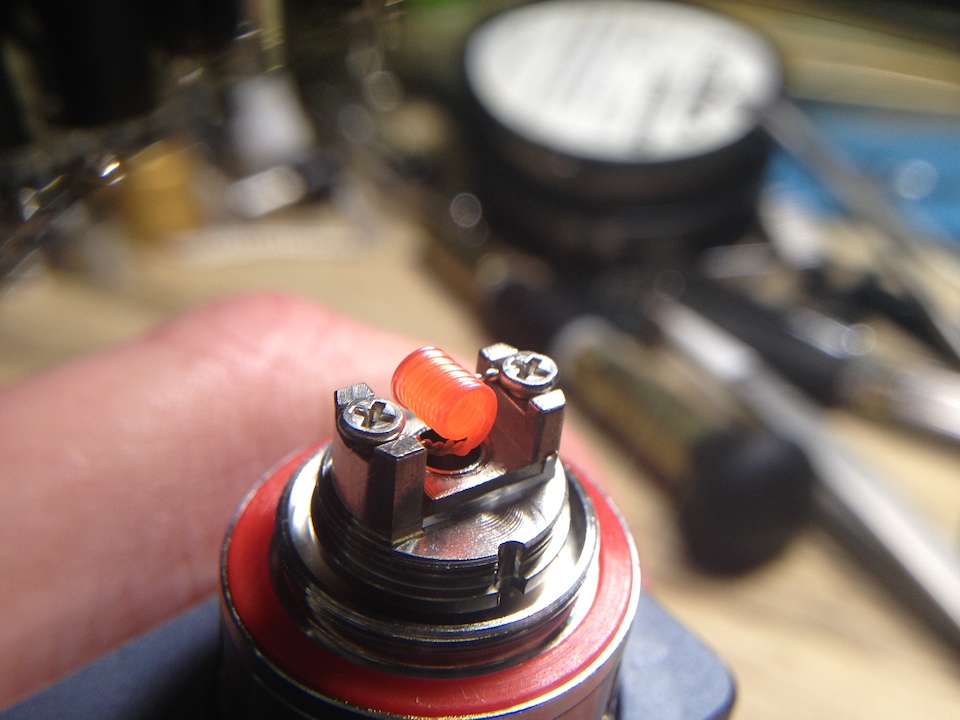Hey fellas, just to point out Sandvik has Kanthal data page, a very useful reference guide for…
Resistance heating wire and resistance wire — Kanthal
AT, agree with your above statement and appreciate your opinion.
Thought to mentioned there seems to be a significant difference in wire color temperature in hearth's rendition of a color bar table by comparison. It suggests that Kanthal's surface wire temperatures are substantially cooler. In my research and instruction I propose short fire progression for oxidation, as evident from the progression below, from low voltage through the red zone until thermal uniformity is confirmed as here, or approx. 1100-1200 deg F for a final pulse…
I've fired such coils to appreciably higher temperatures for demonstration without any adverse effect to vape quality or durability but it's not necessary. The strain of the material surface then isn't warranted for our purposes. These coils btw do not fire center out but build heat as all coils do towards center with prolonged firing exhibiting uniform surface temp's on power up. Current iterations require about 6 seconds of sustained high power (>15W) to get there. But by then you've seen a lot of vapor production.
So there is no need for extraordinarily high temps to create the balance between rigidity and functional oxidation as illustrated by the above. Provided the energy input is not higher than initially required to achieve it pulsing for maintenance is perfectly adequate as well at lower voltages without distorting or compromising the wind in any manner whatsoever.
Summarizing my own informal observations here in counterpoint to the proposition that dry pulsing results in wire destruction when the likelihood is far greater when we create winds that are not electrically stable.
Good luck all.










